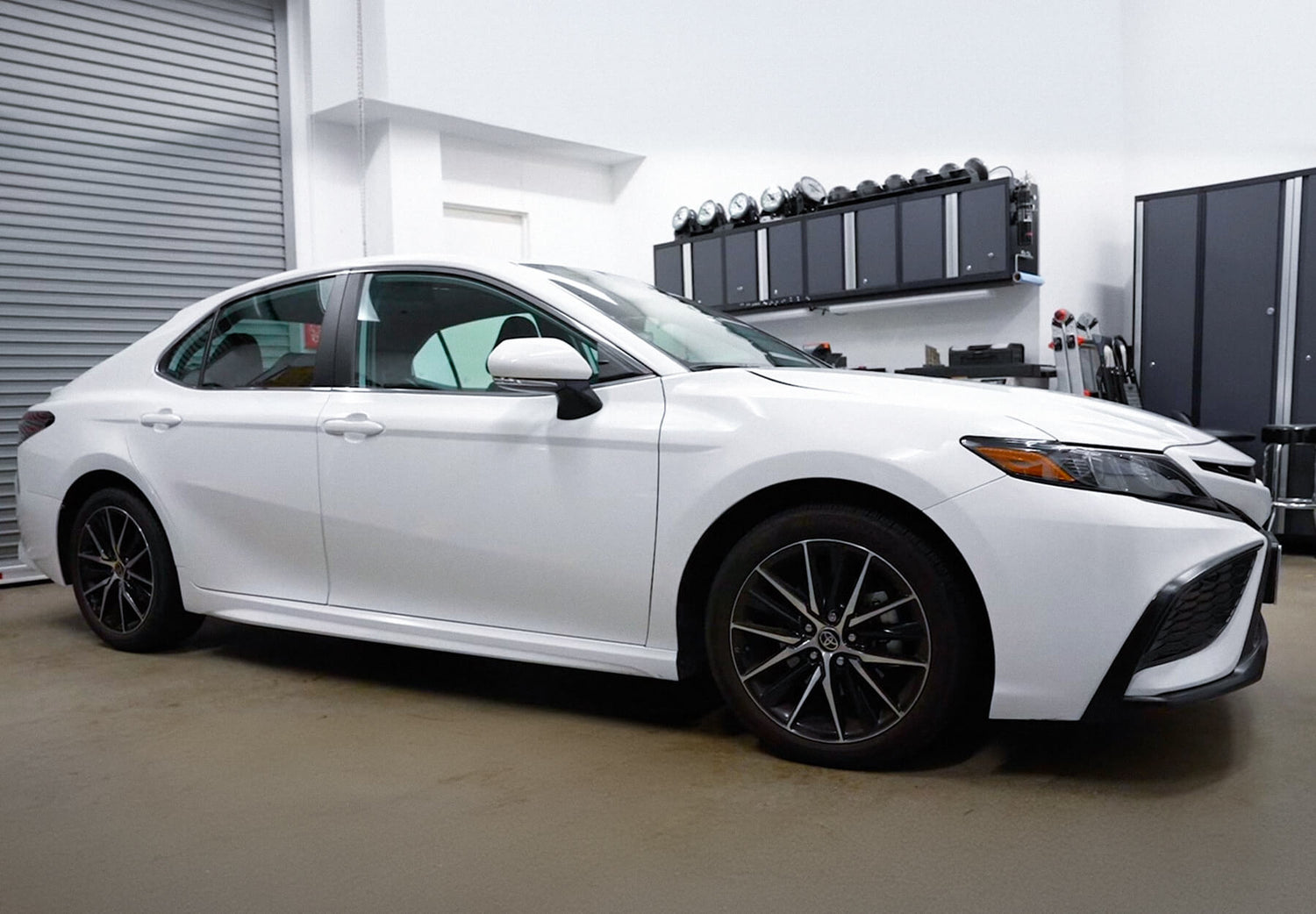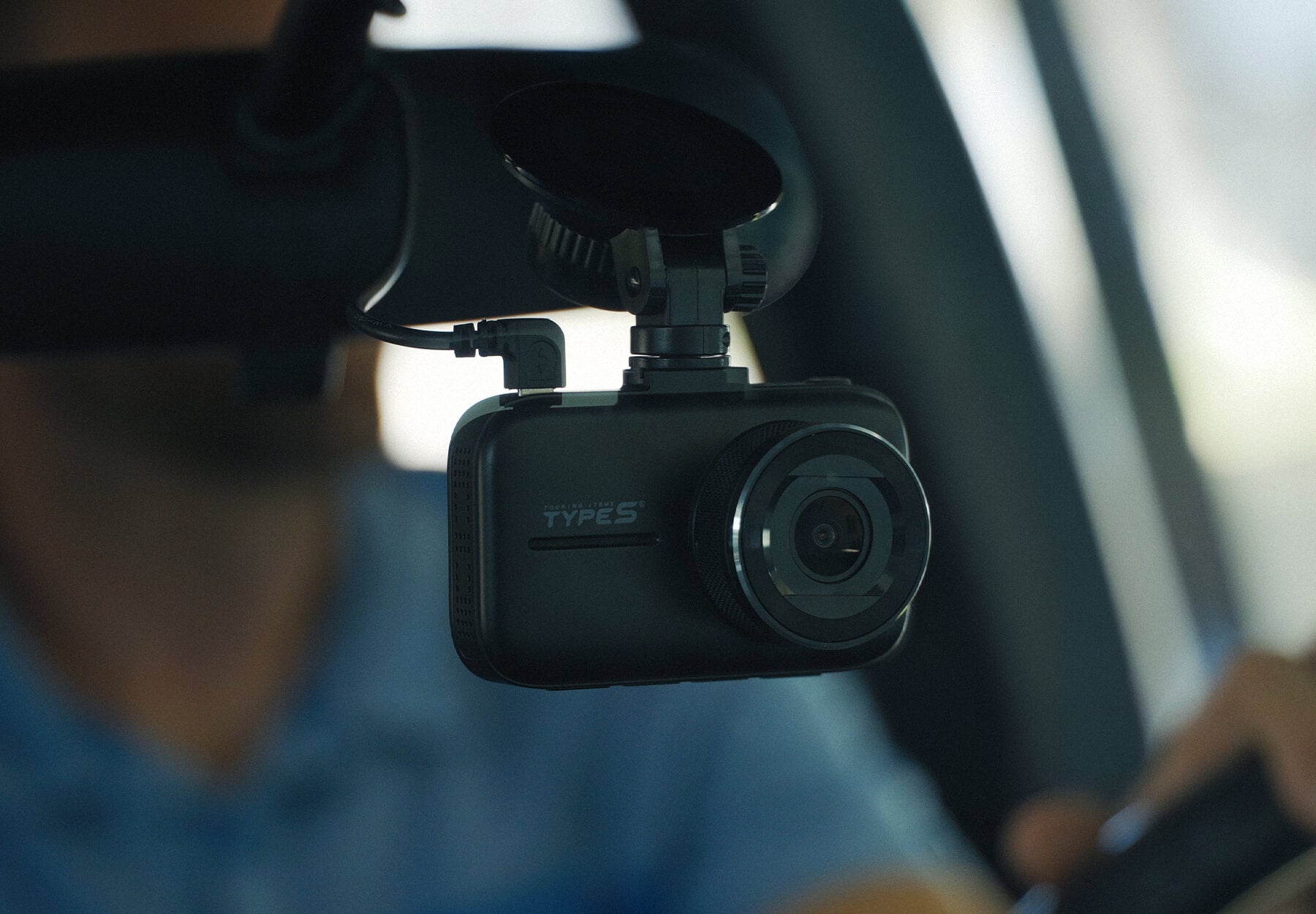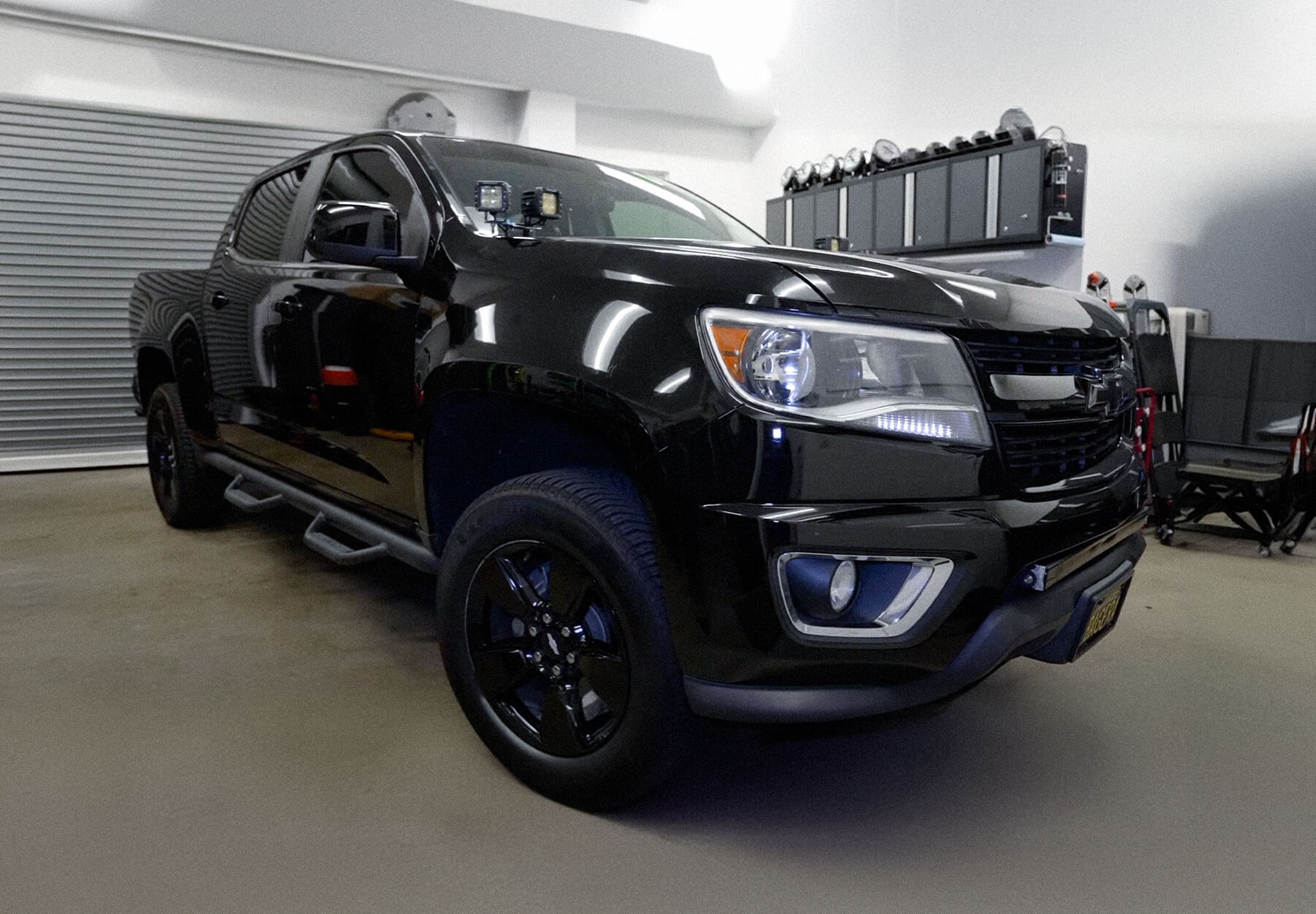Step-by-Step Walkthrough on How to Install a Dash Cam on your Toyota Camry
The Toyota Camry is one of the most popular midsize sedans on the market, known for its reliability, comfort, and practicality. Whether you're commuting through city traffic or taking long road trips, the Camry provides a smooth driving experience with plenty of features to enhance safety and convenience. Adding a dash cam to your Camry can further improve your peace of mind, offering valuable video evidence in case of an accident, providing driving assistance, and even monitoring your car while parked.
Different Types of Dash Cams
Before diving into the installation process, it's essential to understand the different types of dash cams available:
-
Front-Only Dash Cams: These cameras focus on recording what's ahead of your vehicle. They are simple to install and are ideal for drivers who want basic protection without additional features.
-
Mirror Dash Cams: These dash cams replace or clip onto your existing rearview mirror, offering a sleek and integrated design. They often combine front and rear recording capabilities in a single device.
-
Front + Interior Dash Cams: These dual-channel dash cams record both the road ahead and the interior of the car, making them perfect for rideshare drivers who need to monitor both their driving and the behavior of passengers.
-
Front + Rear Dash Cams: These setups include two separate cameras, one for the front and one for the rear of the vehicle, providing complete coverage of your surroundings. This is particularly useful for capturing rear-end accidents and for parking surveillance.
-
AI-Powered Dash Cams: These advanced dash cams come equipped with artificial intelligence features such as Advanced Driver Assistance Systems (ADAS), which provide real-time alerts for lane departure, front and rear collision warnings, and more. They are ideal for those looking to enhance their driving safety with cutting-edge technology.
Installing a Dash Cam on a Toyota Camry
Installing a dash cam on your Toyota Camry is a straightforward process that you can complete with just a few tools. Here’s a step-by-step guide specifically tailored for a Camry:
Step 1: Gather Your Tools and Materials
- Dash Cam (ensure you have the correct type for your needs)
- MicroSD Card (if required)
- Power Cable (typically included with the dash cam)
- Pry Tool (optional, for easier wire management)
- Hardwiring Kit (optional, for parking surveillance mode)
- Adhesive Clips (optional, for securing wires)
Step 2: Connect to Power and Test the Dash Cam
Before mounting the dash cam, it's essential to connect it to power to ensure it's working properly. In the Toyota Camry, the 12V ports and USB power outlets are generally located under the head unit and/or inside the center console compartment. Plug the power cable into one of these outlets, then turn on your car to test the dash cam. Ensure that it powers on, starts recording automatically, and that the view is correctly aligned. Adjust the camera angle if needed.
Camrys generally do not supply power after you turn off the car, meaning your dash cam will turn on and off automatically with your vehicle. This is a convenient feature that ensures you don't have to worry about manually turning the dash cam on or off.

Step 3: Choose the Right Position
For optimal performance, position your dash cam in the center of the windshield, just below the rearview mirror. This placement ensures the camera captures the best possible view of the road ahead without obstructing your view.
For mirror dash cams, simply clip the device onto your existing rearview mirror or replace it, depending on the model. Ensure that the camera lens is aligned with the windshield and provides a clear view of the road.
Step 4: Mount the Dash Cam
- Clean the windshield area where you’ll mount the dash cam to ensure a secure attachment.
- Peel off the adhesive backing from the dash cam’s mount and press it firmly against the windshield.
- Attach the dash cam to the mount. Make sure it’s aligned properly and adjust the angle if necessary.
For mirror dash cams, follow the manufacturer's instructions to secure the device to your existing rearview mirror.

Step 5: Route the Power Cable
- Start by tucking the power cable into the headliner, working from the dash cam towards the passenger side.
- Continue routing the cable along the A-pillar, using a pry tool if needed to tuck the cable behind the trim.
- Run the cable down the weather stripping along the passenger side door until you reach the dashboard.

Step 6: Manage Excess Cable
If there’s extra cable length, you can either tuck it under the floor mat or use adhesive clips to secure it along the side of the console.
Step 7: Connect to WiFi and Sync Time
If your dash cam comes with WiFi and app capability, connect your phone to the dash cam’s network. This will generally allow the time on the dash cam to sync with the clock on your phone, ensuring accurate timestamping on your videos. Additionally, you can use the app to view and manage videos wirelessly, making it easier to access your recordings.
If your dash cam does not come with an app, you’ll need to remove the MicroSD card manually to access videos using a computer. Simply eject the card from the dash cam, insert it into your computer, and transfer the files as needed.
Step 8: Set Up Features
If your dash cam includes features like GPS, WiFi, or AI-powered alerts, follow the manufacturer’s instructions to set them up. Pair the dash cam with the corresponding app if necessary, and configure settings like resolution, loop recording, and collision detection.
Final Thoughts
Installing a dash cam on your Toyota Camry is an easy and rewarding DIY project that can significantly enhance your driving safety and security. Whether you opt for a basic front-only dash cam or an advanced AI-powered model, the added peace of mind is well worth the effort. With the right tools and a bit of patience, you’ll have your dash cam up and running in no time.









Leave a comment
This site is protected by hCaptcha and the hCaptcha Privacy Policy and Terms of Service apply.